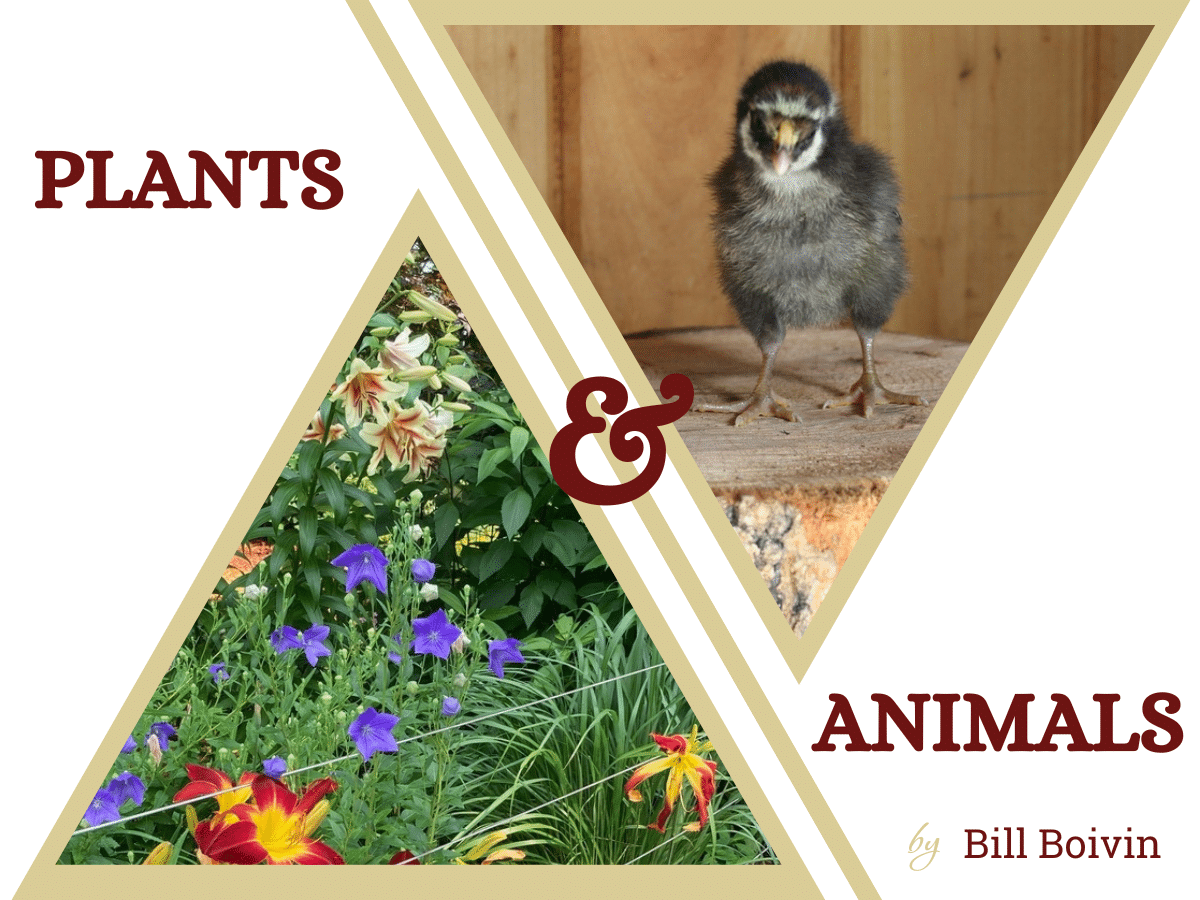A Thorny Dilemma, A Surprising Gift
Bill and Jane never let minor inconveniences like a lack of hedgehog-rearing information stop them from making new furry—er, spiky!—friends.


North Shore. 1980s. The internet and cell phones haven’t achieved widespread use, and exotic pet veterinarians are few and far between. But Jane and I never let small inconveniences stop us from expanding our menagerie.
We were always suckers for animals in pet stores. If we saw something interesting, we would just buy it and take it home. We’d worry about figuring out how to take care of it later.
Enter: Boris and Natasha.
Boris and Natasha were African pygmy hedgehogs (Atelerix albiventris), which are smaller than and a different species from European hedgehogs. African pygmy hedgehogs are the ones most frequently seen in pet stores.
Their bodies are covered with thousands of quills, which are shorter and harder than a porcupine’s. They cannot throw their quills, nor do the quills detach when used as defense. They are permanent defensive weapons. When a hedgehog is frightened, it curls up into a ball so that its quills are pointing out in all different directions. They also sleep rolled up, just in case.
Only the strongest predators can open a curled-up hedgehog, although reportedly foxes will roll them into open water, causing the hedgehog to open up and swim. Then, the clever fox can attack them via their soft underbellies.
We were frequent browsers of a local pet store in Salem specializing in exotic animals. We bought Natasha first and then shortly thereafter bought her a roommate, Boris. (Boris did not live long; he may have been ill when we got him.)
Keep in mind, this was in the 1980’s. There was not much information to be found on keeping hedgehogs, and we relied on information from the pet store owners. After we’d exhausted their expertise, we were on our own.

Natasha was sweet and somewhat friendly, which is to say that we could handle her without getting puncture wounds. Natasha was one of Jane’s favorite pets. Her quiet and shy demeanor stood out among our busy menagerie of 2 dogs, 2 parrots, a turtle tank, a lizard tank, a fish tank, 2 cockatiels, 3 or 4 finches, and a 4-foot iguana.
Natasha was sweet and somewhat friendly, which is to say that we could handle her without getting puncture wounds. Natasha was one of Jane’s favorite pets. Her quiet and shy demeanor stood out among our busy menagerie of 2 dogs, 2 parrots, a turtle tank, a lizard tank, a fish tank, 2 cockatiels, 3 or 4 finches, and a 4-foot iguana.
One day Jane noticed that Natasha’s foot was swollen and red. Jane took her to a local veterinarian. He tried to examine Natasha but she, being terrified, had curled into an impenetrable ball. The vet said to Jane, “There is no way I can examine this creature.” And so Jane took charge.
She told the vet that she was a pediatric dental assistant, had assisted in dental surgeries, and had experience dealing with resistive and uncooperative patients. He allowed her into the surgical suite and let her lead. She told him to fill a sink with about 5 inches of warm water. She gently paced the thorny ball into the water, and the depth was adjusted just to the point where the only way Natasha could breathe was to uncurl and stand on her feet with her head out of the water.
At that point it was possible to anesthetize the beast. Knocking out and examining a hedgehog was new ground for the vet, and Jane accepted his description of the risk to the patient. The vet estimated dosage based on body weight and turned on the gas as Jane held a tiny cup over Natasha’s nose. It worked! Natasha went to sleep and the vet was able to check her out.
He found a human hair wrapped around Natasha’s ankle so tightly that it was cutting into her skin and restricting all blood flow to the foot. The hair was successfully removed, restoring blood flow before any permanent damage had occurred! She returned home with a cute little bandage on her foot. Jane’s quick action, ingenuity, and coolness under pressure saved Natasha from potential life-altering outcomes.
The primary food for the hedgehogs was crickets. We set up a 20-gallon fish tank with a screen top as our cricket house and found a supplier who shipped us 1500 crickets a month. We fed the crickets bits of fruits and vegetables, and there was a sponge in a small water dish they could walk on and lick for hydration. Every day we would use a small fish net to scoop out some to feed the hedgehogs, who would pounce on them and quickly eat them all. We occasionally also fed them earthworms we caught in the yard.
The crickets came via US mail in a box with screened air holes and was marked “live crickets”. There were pieces of cardboard egg crates inside for the insects to cling to during shipment. One summer day, I happened to be home when the mailman arrived. I’ll never forget the sight of him walking up the driveway with a coffee can in his hand as he said, “we caught as many as we could”. Someone had dropped the box at the post office, and it had split open! For the next month or two, the mailman and I would have a laugh as he said they could still hear our crickets chirping inside the Lynn post office.
Natasha lived for 2 to 3 years. In 1989 we went on a long vacation and had relatives stay at the house to pet sit. We returned to hear that Natasha had died. We never got a good explanation.
About five years later, I wanted to buy something special for Jane’s birthday. I went to a pet store, and they had hedgehogs. Remembering how much Jane had loved Natasha, I decided to buy one for her. There were five or six in the cage. All were asleep except one so I said, “I’ll take the active one,” thinking it might be more fun. I asked the young clerk its age and sex. He carefully examined it and confidently said that it was an immature male.
Jane was thrilled with her new pet.
The next morning, I looked into the cage and saw what looked like small pieces of skin next to the hedgehog. Each piece was the size of my thumb nail and had eight or ten soft spikes. My first reaction was that the hedgehog was shedding. Then I remembered: Natasha was not a reptile that sheds pieces of skin, so I looked more closely.
They were babies!!

Obviously, the mother was neither immature, nor a male…she had been active because she was in labor! There were four babies: one was stillborn and one died in the first day or two, but the remaining two were vigorous and healthy. I notified the pet store of our births and they said, “We will be happy to take those babies.” No way were we sending them to a pet store!
We kept them. We immediately named the mother “Mama” and, making an educated guess, bought some formula marketed as a supplement to give to nursing cats. Mama drank the formula and nursed her babies from day one. Once the babies had reached maturity, we gave them away to friends, spreading Jane’s gift across three different households. Both babies lived for around ten years, as did Mama.
Mama was indeed “the gift that keeps on giving,” once again showing us that every living thing can offer something interesting, amazing, and, if we are lucky, fun.
Bill Boivin is a scientist, retired from 30 years of active duty with the United States Public Health Service. He is a Burlington Town Meeting Member and Conservation Commissioner. He and his wife, Jane, grew up in Lynn and now live in Burlington with their 2 mini dachshunds, 7 chickens, and Maya, a ball python. Bill and Jane have shared a love of nature, gardening, and wildlife for over 50 years. They have fostered, healed, raised, and loved a remarkable variety of animals in their time together. Learn more about Bill.




